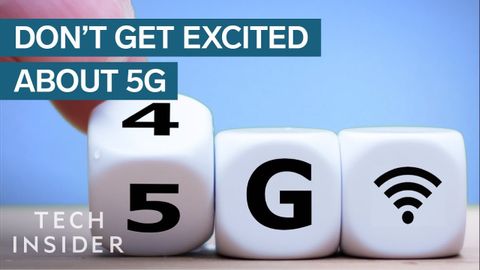
Subtitles & vocabulary
Why You Shouldn't Get Excited About 5G | Untangled
00
Vivian Chen posted on 2019/04/22Save
Video vocabulary
access
US /ˈæksɛs/
・
UK /'ækses/
- Noun (Countable/Uncountable)
- Way to enter a place, e.g. a station or stadium
- The opportunity or right to use something or to see someone.
- Transitive Verb
- To be able to use or have permission to use
A2TOEIC
More infrastructure
US /ˈɪnfrəˌstrʌktʃɚ/
・
UK /'ɪnfrəstrʌktʃə(r)/
- Uncountable Noun
- Basic necessary equipment for a country or region
- The underlying framework or system of an organization.
B1
More advantage
US /ædˈvæntɪdʒ/
・
UK /əd'vɑ:ntɪdʒ/
- Noun (Countable/Uncountable)
- Thing making the chance of success higher
- A positive point about something
- Transitive Verb
- To make use of something, especially to further one's own position; exploit.
A2TOEIC
More kinda
US /'kaɪndə/
・
UK /'kaɪndə/
- Noun
- Short way of saying 'kind of'
- Adverb
- Somewhat; to some extent; rather.
- Sort of; in a way.
B2
More Use Energy
Unlock All Vocabulary
Unlock pronunciation, explanations, and filters
